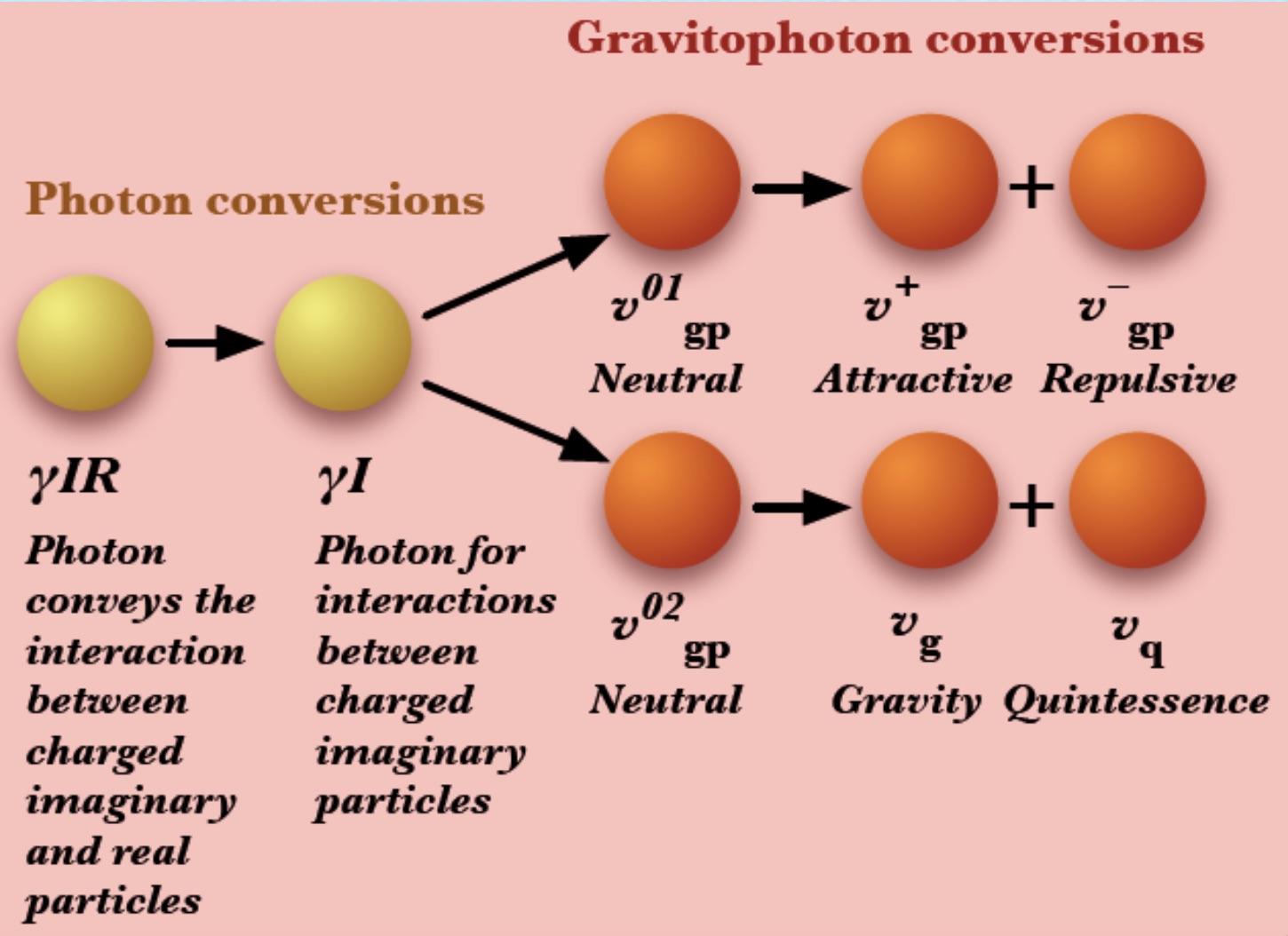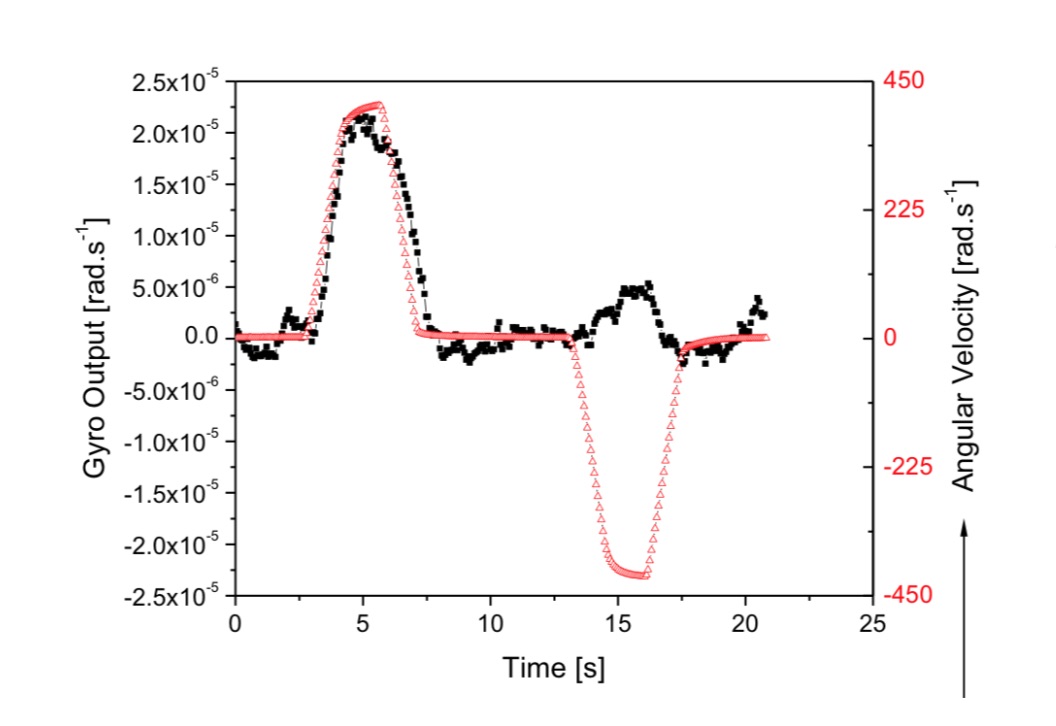In the paper “Emerging Physics for Novel Field Propulsion Science”, Drs. Jachem Hauser and co-author Walter Dröscher have published the most comprehensive paper to date on EHT-based gravity field propulsion. Presented at the SPESIF conference – a gathering of aerospace and propulsion engineers – Hauser incorporates supportive experimental results from Dr. Martin Tajmar’s (section co-chair) studies and positions EHT (Expanded Heim Theory) as the basis for a new technological domain making possible fuel-less propulsion with present day technology.
The paper begins with a review of advanced concepts in space propulsion that have been around for decades but which have made no significant progress in achievement. It then turns to the ESA studies conducted by Tajmar et al. who measured a frame-dragging effect (a gravitomagnetic effect predicted by general relativity) in his laboratory 18 orders of magnitude higher than predicted by GR. The gravitomagnetic force measured was as if the instruments were positioned on the surface of a white dwarf star.
EHT postulates that since this effect occurs only at cryogenic temperatures that a phase change takes place leading to novel particles. These “virtual particles are identified as imaginary mass electron pairs… producing a final force that is gravity-like.” The paper argues that unlike Tajmar’s experimental configuration which produced an azimuthal force, a device in which the gravitoelectric field is directed along the axis of rotation could be constructed generating a gravitomagnetic force capable of “lifting a sizable mass from the surface of the Earth” using currently available technology.
EHT argues that classical physics is incomplete in that it has failed to predict two additional fundamental force fields that are gravity-like and long-range in their effects. These gravity-like fields are acceleration fields that may be both attractive and repulsive. Along with Newtonian gravitation this results in a set of three gravitational fields coupling electromagnetism with gravitation and providing a basis not only for propulsion but for predicting both dark energy and dark matter.
EHT is based upon a geometrical model combining external spacetime (Minkowski metric of R4) encompassing all physical events and internal space (Heim space or H8) with its eight dimensions encompassing physical interactions and matter with the smallest discrete unit of space being the metron, a unit similarly defined by proponents of Loop Quantum Gravity (LQG).
Physical manifestations of geometry within H8 are represented by subgroups, each describing a Hermetry form representing particles and interactions. These particles may be “virtual particles of imaginary mass” describing transitory states during symmetry breaking achieved at cryogenic temperatures. Thus particles may exist as either ordinary matter or non-ordinary matter, but in concert uphold conservation principles of momentum and energy.
The paper further describes in detail the polymetric tensor and double coordinate transformation in a manner foreseen by Einstein through the geometrical properties of spacetime. The GR mono-metric transforms curvilinear coordinates to Euclidian coordinates to describe Newtonian gravitation. Heim space represents an interim transformation analogous (albiet roughly) to interim states of a chemical reaction. Therefore Heim space complements GR. If Heim space did not exist, its polymetric tensor would simply collapse mathematically to the mono-metric of GR.
By extracting terms, the complete polymetric tensor with 64 terms is eventually reduced to 15 different Hermetry forms which include six fundamental forces of nature including gravitation and two gravity-like forces.
EHT contrasts starkly with elementary particle physics. In the standard model particles possess their own existence. In EHT the existence of particles are a consequence of the geometry of internal space. Internal space (H8) comprises four subspaces denoted R3 and T1 (the dimensions recognized by GR), S2 and I2. In physical terms, R3 subspace coordinates are responsible for the existence of mass, S2 for the formation of organizational structures (neg-entropy), I2 for information structures (entropy) and T1 for the existence of charges.
Though not referenced in this paper, similarities to the key role of organizational structures and information structures for determining entropy have been reflected in 2009 presentations by Erik Verlinde who suggested that gravity as an entropic emergent force from spacetime. This view that the universe is an information structure is also supported by the holographic principle.
In Part 2 – Ordinary and Non-Ordinary Matter, Imaginary Matter and Space Drives



